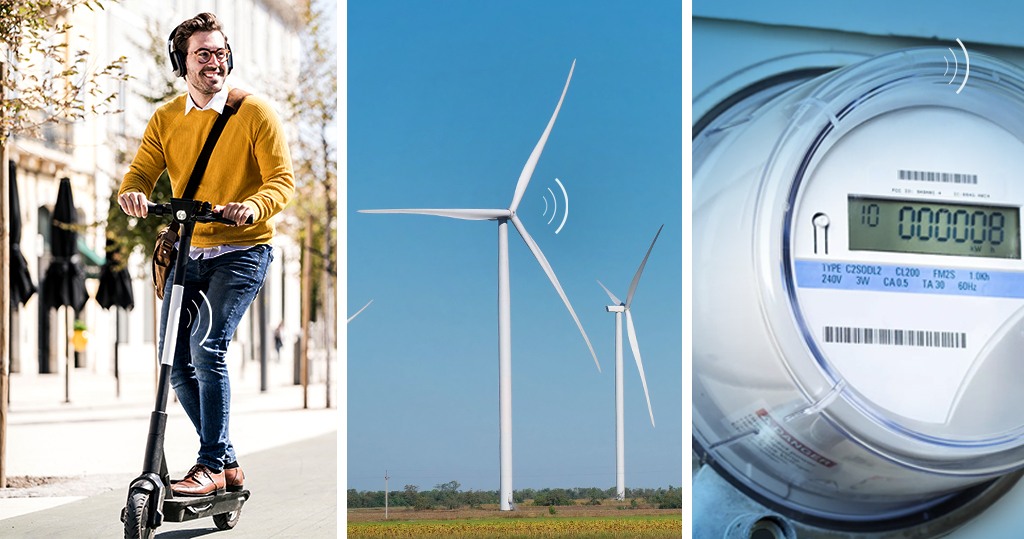The current M2M standard has not worked with very low uptake and relatively few implementations. The new eSIM standard for IoT devices will dramatically change M2M connectivity in the IoT space with Juniper Research forecasting a 900% increase in IoT connections by 2026 that will open many new growth verticals for telcos.
1. Why is the new eSIM IoT standard being introduced?
The new standard is being introduced because the current M2M standard is limited in its functionality and does not cater for all IoT use cases such as constrained devices. The M2M standard’s failure can be attributed to the lengthy, complex, and expensive integration required to implement. As such, most M2M providers have, instead, remained reliant on legacy technology with workarounds such as multi-IMSI.
Since SGP.32, the technical specification for the GSMA’s new eSIM IoT standard, will not be retroactively compatible it will replace the M2M standard. While existing M2M systems may continue as proprietary systems, most, if not all, new systems will be implemented with the new IoT standard when it is available.
2. How are things improved?
The biggest difference is no integration is necessary. The new standard’s architecture does not require any integration of the SM-SR with the MNO’s SM-DP. It does away with the M2M’s SM-SR/SM-DP and replaces them with an SM-DP+ which is a modified version of the component from the consumer standard.
Furthermore, the new standard provides enhanced management of a wider range of devices, with both the push and pull control of devices now possible. This is due to the eIM (eSIM IoT Remote Manager), a new architecture element, which enables the push control of bulk volumes of profiles to devices that are online. The eIM also allows profile operations to be queued so devices can pull outstanding transactions as and when they come online.
Additionally, the M2M model replies on an SMS to trigger a profile download to a device. With the IoT standard, this is no longer required as it is based on the SM-DP+, enabling more methods and lightweight protocols to be used to activate a broader range of devices in more ways. For example, constrained devices, including low-power devices such as security cameras, scooters, and battery-operated devices, can now be easily activated under this new standard.
How eSIM IoT reaches more devices with push and pull control
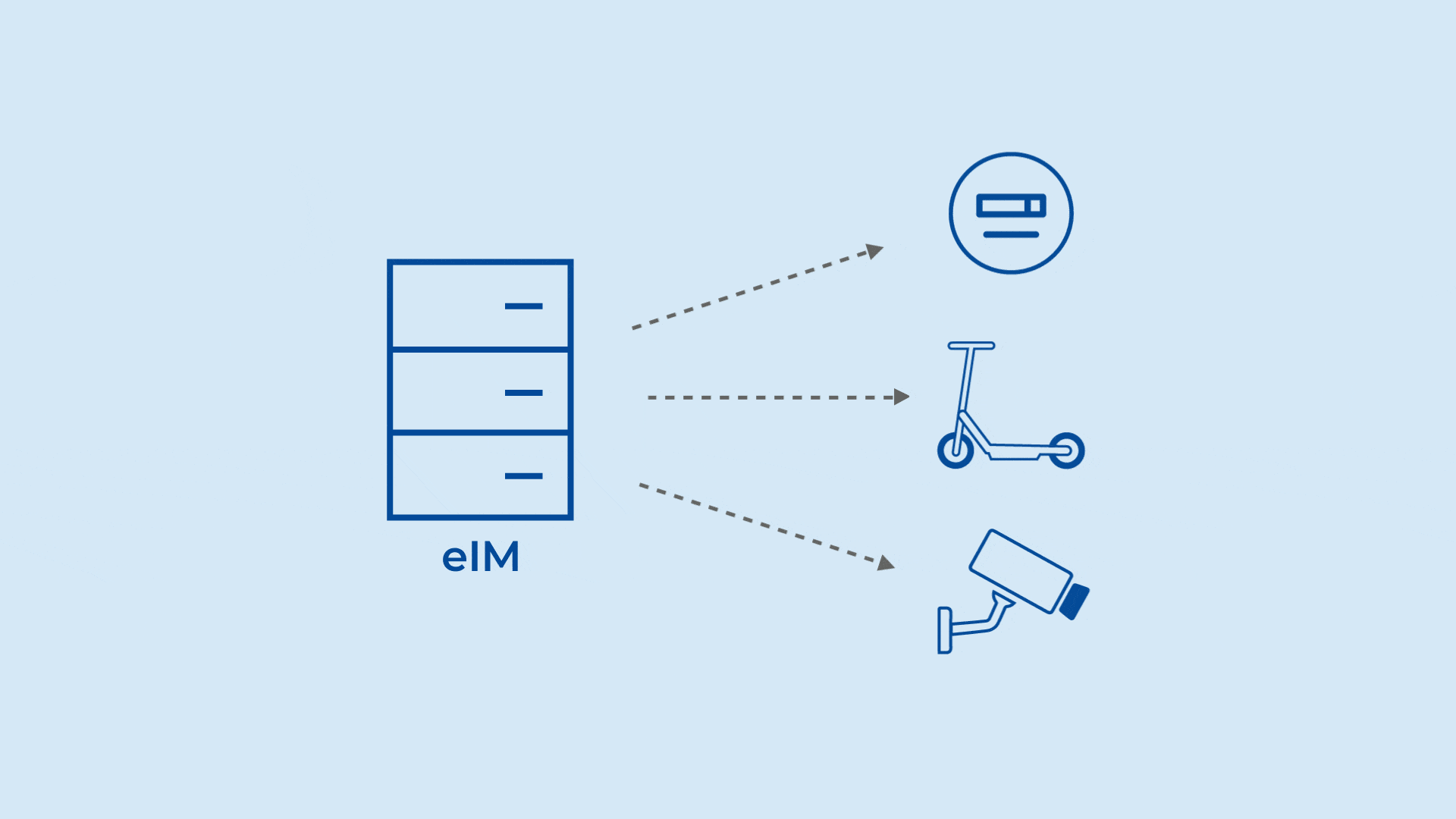
3. Who benefits?
As no integration with MNOs is required under the new standard it means faster, easier, lower cost, and more organic implementations. Parties can also obtain activation codes and profiles for more devices easily and directly, whereas the current M2M standard requires profile donation and platform integration. Under the new standard MNOs will no longer need to restrict sales channels to a select few parties that it integrates with, and MVNOs, MVNEs, and MVNAs will be able to easily receive activation codes and access to profiles through the SM-DP+ to efficiently serve enterprises, geographies, verticals, smart cities, OEMs, and others.
How SGP.32 makes go-to-market faster, easier, and lower cost

The increased volume of connected devices will enable OEMs to manage their own devices and orchestration. Enterprises will also be able to buy services from more players including acquiring subscriptions from telcos outside their home country. In short, the new IoT standard is going to benefit everyone within the telecom ecosystem, except those currently providing M2M platforms.
4. When will it come into effect?
The GSMA has published an expected timeline for the eSIM ecosystem to adopt the new model, with a fully compliant solution not expected until later in 2024.
When will fully compliant eSIM IoT deployments be launched?
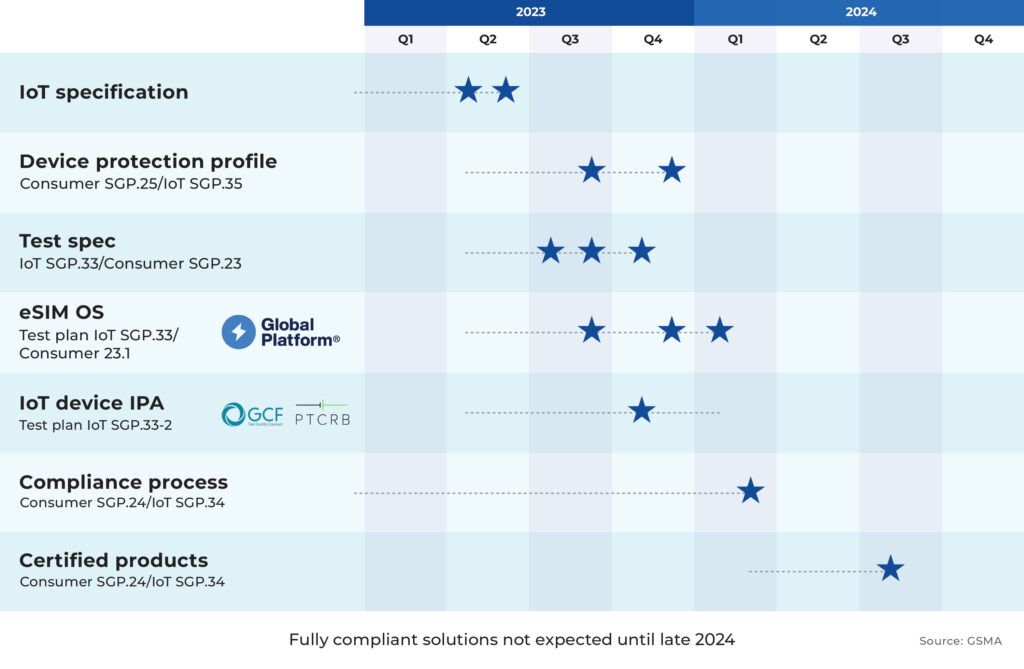
5. What options are available before 2024?
Whilst some vendors may market compliant solutions before this date, these are not forward-compatible with the new standard. These offerings may look to be compliant with some of the concepts of SGP.31 (the requirements) but not SGP.32 (the technical specification) which is where compliance is needed. Since the specifications and compliance processes have not been finalised, anything offered before 2024 is merely a simulation of the new standard.
Nevertheless, proprietary solutions remain an option if providers decide to go ahead with IoT implementations before fully compliant SGP.32 solutions become available.
6. How can telcos capitalise on the opportunity?
The M2M market barely got out the starting gates before stagnating with declining product investment, less GSMA development and reduced support from the ecosystem. This will become further exacerbated once the new standard is introduced. It’s not a case of ‘if’ but ‘when’ providers will have to cut their losses with outdated M2M solutions and move fully to the new IoT standard.
The new IoT standard will create an explosion in eSIM adoption and the current eSIM landscape will significantly evolve as the number of parties, systems, and devices increase dramatically. Telcos will need to deal with more profiles, more profile types, more sales channels, and increased order frequencies meaning orchestration will be critical.
How eSIM will evolve for telcos
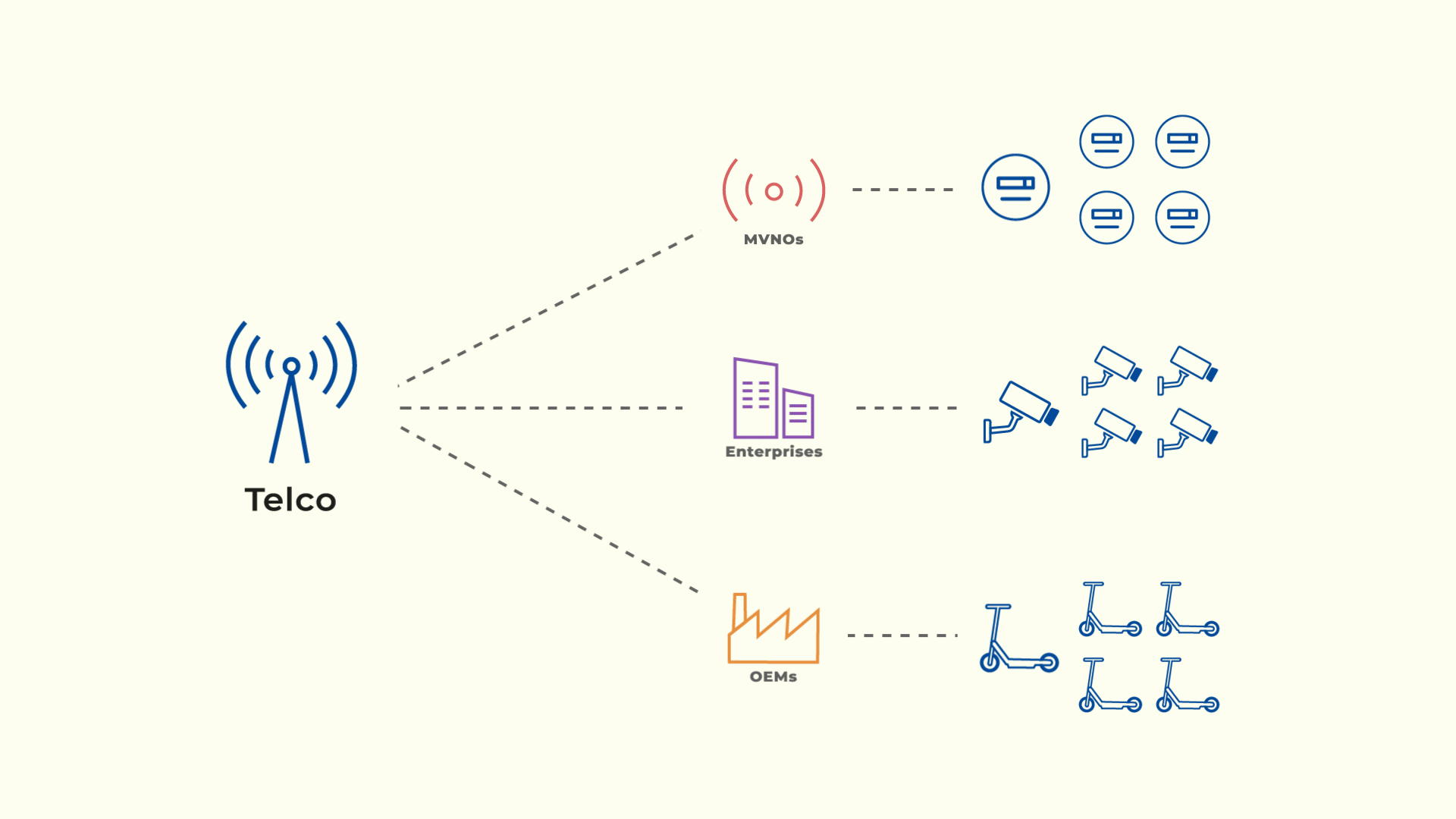
Telcos should seek an eSIM orchestration solution that can address these new challenges and enable efficient eSIM management, such as an increased need for scalability. Cloud-based platforms give providers the flexibility to grow as and when they require and enable them to handle the expected influx of the billions of devices due to come online in the next three years. The cloud offers unmatched efficiency, reliability, and business redundancy in this respect.
Workz’s Multi-tenant eSIM Hub (MeSH) is a cloud-based system that addresses all these challenges by:
- Enabling telcos to manage all eSIM sales channels from one single interface by consolidating all data from the consumer, M2M, other eSIM and ancillary systems.
- Empowers channels to self-administrate their profiles and ordering.
- Provides automated profile management and ordering processes through features such as intelligent profile delivery, automated profile generation and inventory tracking. Intelligent Profile Delivery enables the correct profile to be automatically selected and downloaded for a device. While automated profile generation reduces the risk of mismatching input files with profile types. Inventory tracking provides alerts when inventory levels are too low and advises when top-up volumes are required.
How intelligent profile delivery simplifies eSIM management
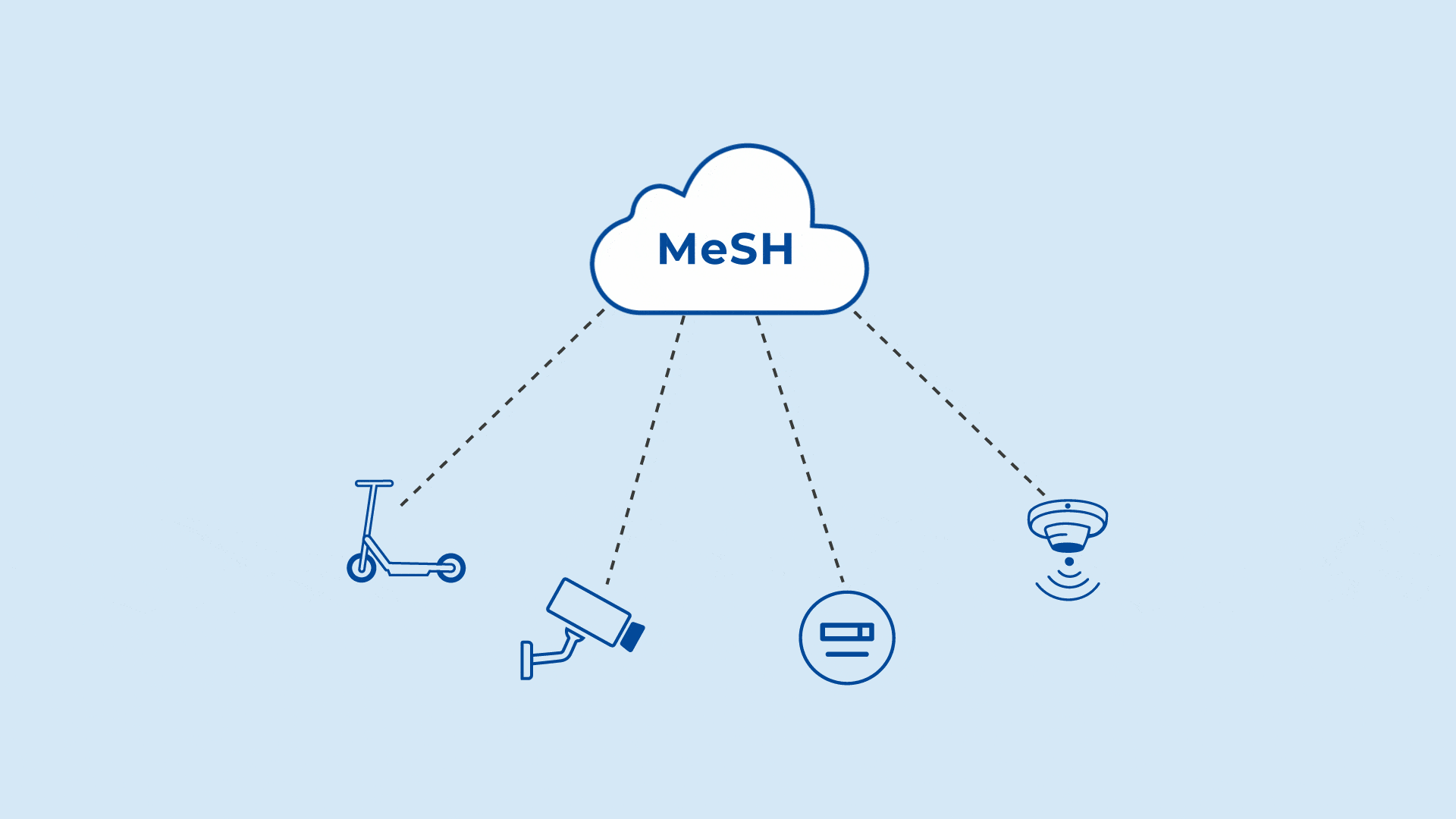
All of these significantly cut administration saving telcos considerable time and resources whilst increasing the reliability of service and enabling faster onboarding of customers.
How will the new eSIM IoT standard affect telcos?
To learn more about how you can take advantage of this new IoT opportunity and why you should partner with the leader in eSIM cloud, Workz – get in touch below.
